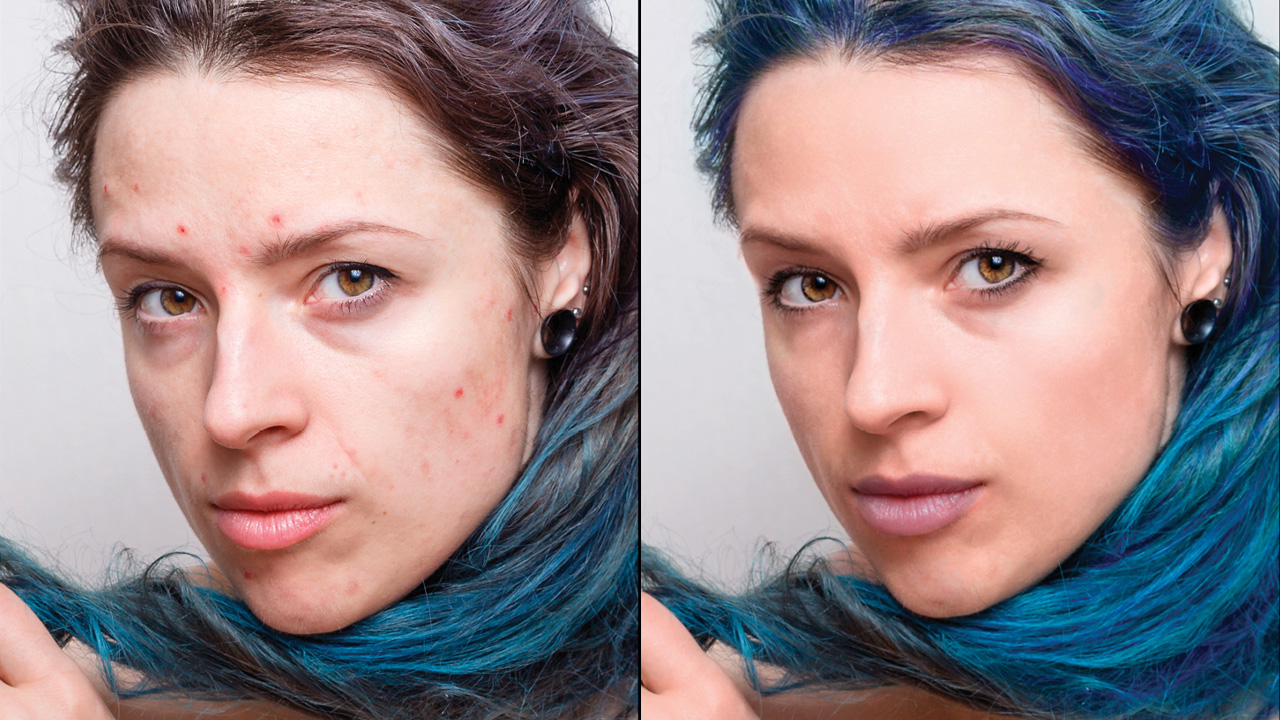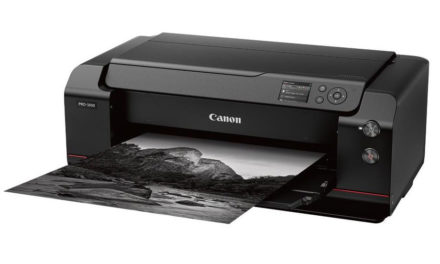The Same Speedy Retouching with a Few New Tricks
Review by Jessica Maldonado
Every year, Anthropics faithfully updates their PortraitPro software. Whenever I’m asked to review their Studio Max edition, I jump at the chance, because it provides lightning-fast, quality, portrait retouching, based on some pretty powerful artificial intelligence (AI). Plus it’s super-fun and a breeze to use. Simply opening your portrait (either in the standalone desktop version or through the integrated Photoshop and Lightroom Classic plug-ins) provides a cleaned-up version of your image in 30 seconds tops (even better than using a great action or preset). Working with the sliders and settings, you can easily create the most natural looks or extreme resculpting and relighting; you can even change hair color and add digital makeup.
Notable additions to PortraitPro Studio Max 23 include a Stray Hair Remover Tool, M1/M2 chip support, Art Effects, and a Backlight Lighting Brush. Easily the most useful of these is the Stray Hair Remover Tool. All you do is select a decent-size brush in the tool’s options, swipe it around your subject, and watch those flyaway hairs disappear. If any areas get blurry instead of cleanly cloned, you can brush those back with the Stray Hair Restore Tool. The press release says this tool can erase stubble and facial hair, but I was unable to produce good results (just blurry skin) using the tool in that way (perhaps next version?).
Moving on to the Backlight Lighting Brush, located under the Lighting & Coloring section, nested in a tab with the Lighting Brush options (reviewed in Photoshop User July 2022), this brush is designed to work with the hair to emphasize your subject and give depth to images with bold lighting effects. I like the examples Anthropics shows in their media, but I tested it on several images of various lighting scenarios, and I couldn’t successfully create a realistic backlit look.

Let’s look at something more playful: the new Art Effects presets. A whopping 38 variations start users on a stylistic adventure, each effect with its own variety of strengths and adjustments to vary the look and suit your image. A few of these are a little “out there,” and I’m not sure how useful they are, but many could add a stylish finishing touch or funky alternative look to your clients’ favorite shots.
All in all, I continue to recommend having this software in your arsenal for speedy, quality retouching. If you’re new to PortraitPro, go to the website for a free trial, and see whether you think it can enhance your retouching workflow. The Studio version should have all the tools most photo editors would need but, if you’ll want to use its batching capability, spring the extra bucks for the Studio Max version. If you already own a recent version of PortraitPro, test drive the new features for yourself before deciding on that upgrade.






